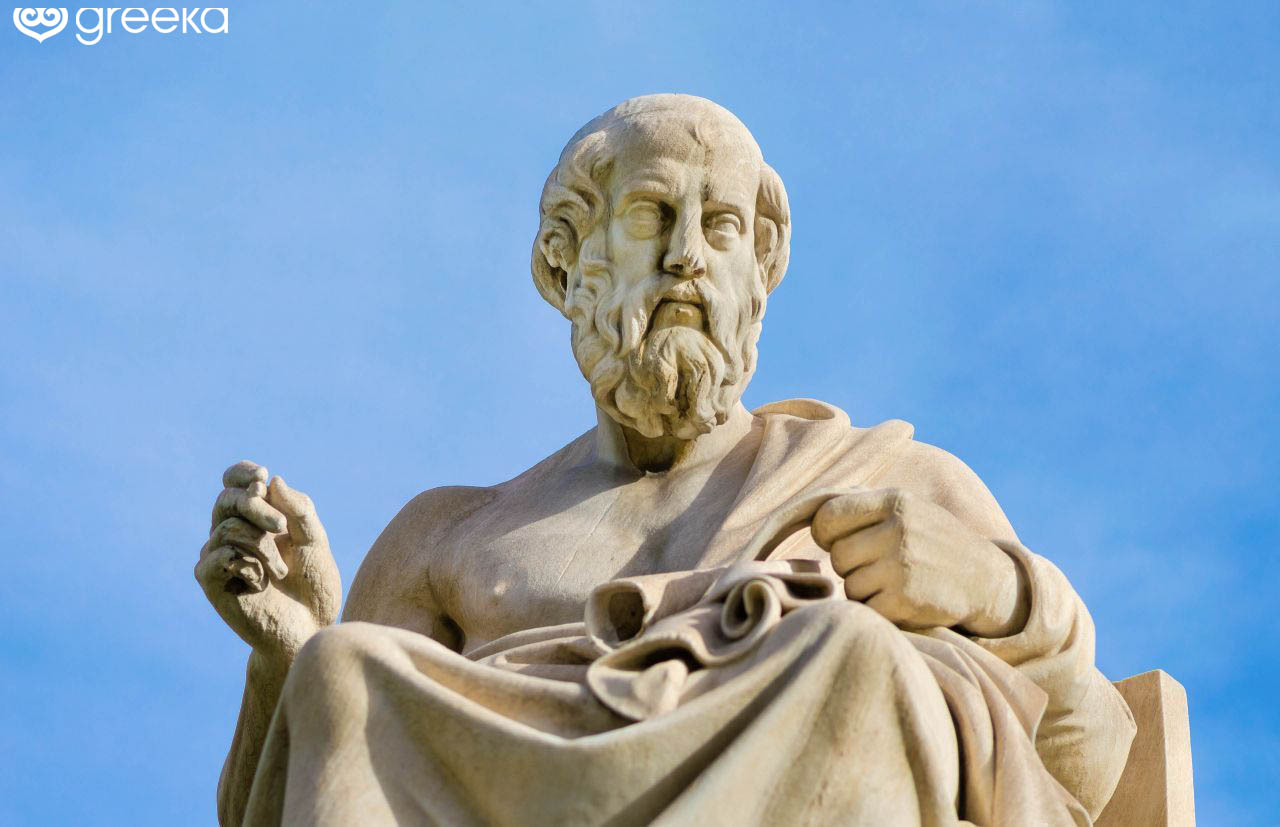What Is Plato’s Theory Of Forms? (ANSWERS)
THEORY OF FORMS – In this article, we will learn more about what Plato’s Theory of Forms is, its significance and its importance.

Plato’s Theory of Forms is said to be one of the most challenging of his philosophies. It is the idea that non-physical forms represent the most accurate reality.
What are these forms that Plato talks about? These are called the Platonic Forms.
According to Plato, the Platonic Forms are just ideas of things that already exist. The forms are a representation of what each individual thing is supposed to be like.

Here’s where things start to get tricky. For example, the Human Form. The idea of the form of the human shows the qualities an individual must have in order to become human.
All humans are similar, however, every human is different. Adding to this, none are perfectly human.
According to an article by Owlcation, objects, in reality, are merely momentary portrayals of the Form under different circumstances.
Although Forms are timeless and unchanging, their physical representations constantly change. Plato said that Forms are unqualified perfection, however, physical objects are qualified and conditioned.
According to Plato, Forms are the essences of various objects. They are the qualities that are required of an object for it to be considered that type of object.
Another example of this is that though no one has ever seen a perfect circle or a perfectly straight line, everybody knows what a circle and a straight line look like. Plato uses this as evidence that the Platonic Forms are real.
Thanks for reading. We aim to provide our readers with the freshest and most in-demand content. Come back next time for the latest news here on Philnews.
Like this article? READ ALSO: Halloween – The History & Significance Of Halloween
